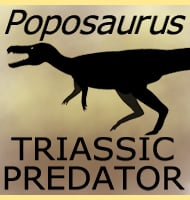Zhanghenglong
In Depth Zhanghenglong was described at the time of its description as a non-hadrosaurid hadrosauroid, which translated into simpler terms is a primitive hadrosaur. Hadrosauroids like Zhanghenglong were descended from the older iguanodont ornithopods that rose to prominence during late Jurassic and early Cretaceous. By the earlier stages of the late cretaceous that had evolved … Read more
